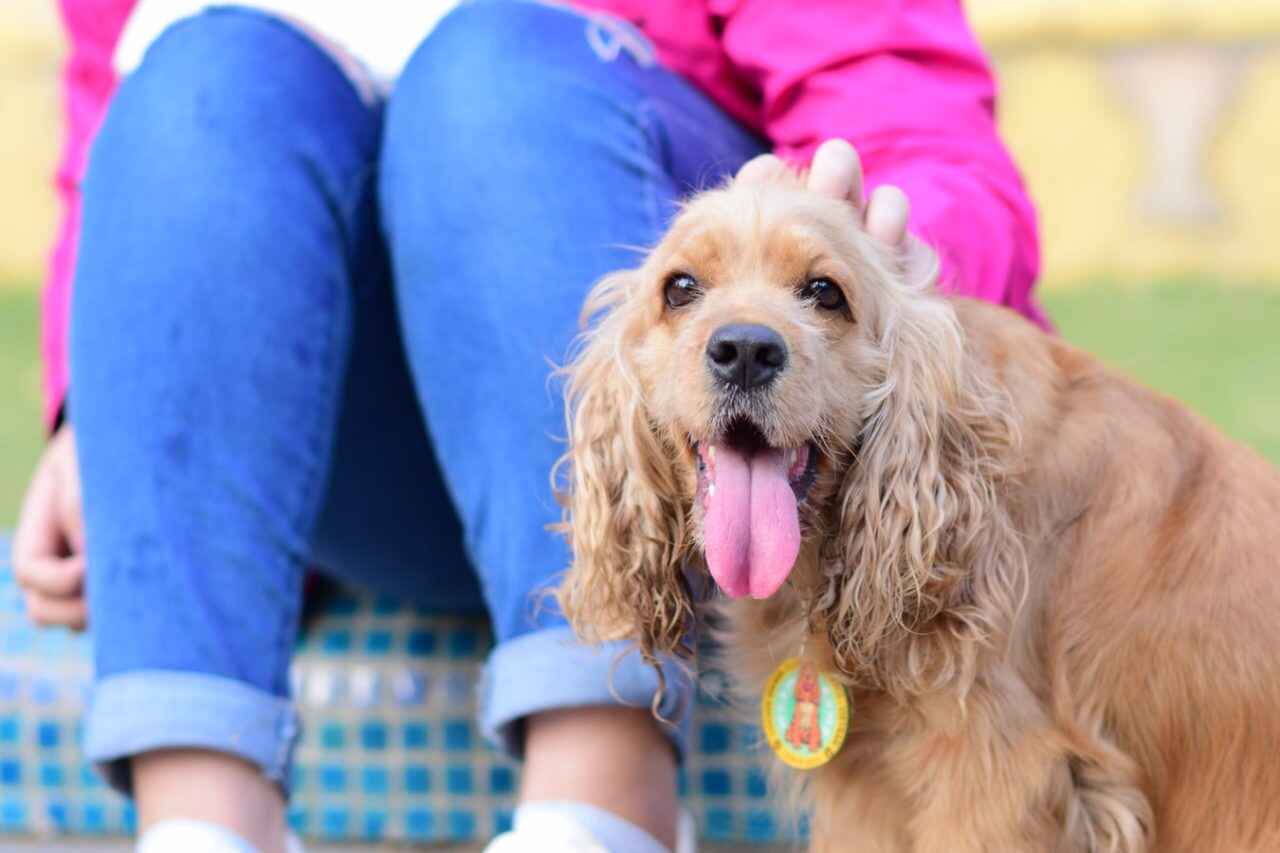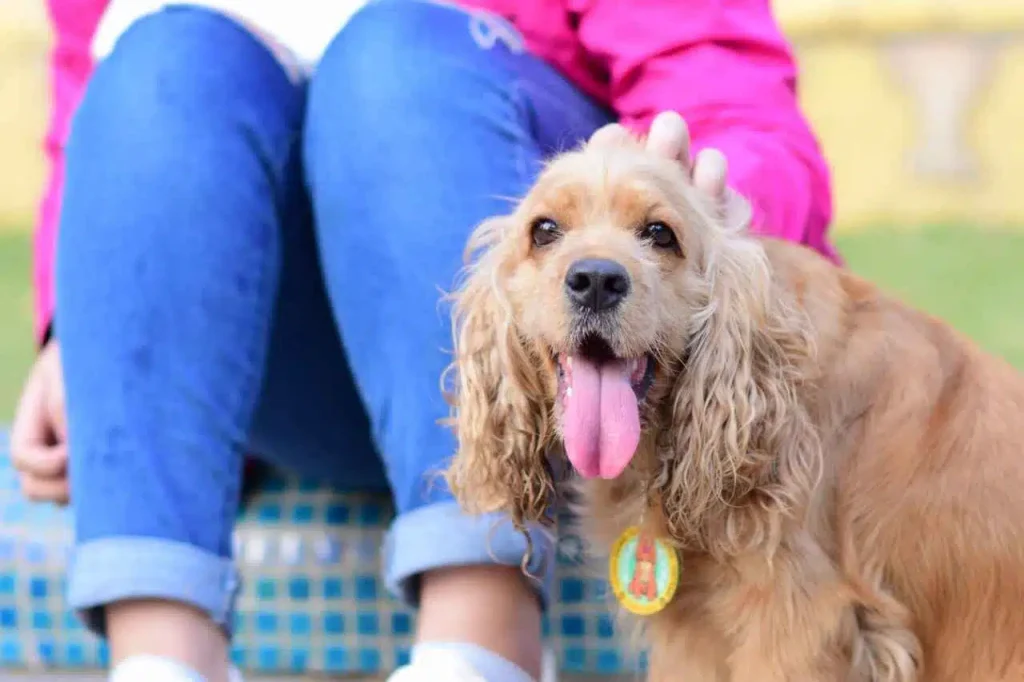The process of shipping pets from the U.S. to Vietnam
The process of shipping pets from the U.S. to Vietnam involves several important steps.

1. Research Regulations
- Check Vietnam’s pet import regulations, as they may have specific requirements for pet entry (e.g., vaccination, health certificates, microchipping, and quarantine).
- Ensure that your pet meets the health and safety standards set by Vietnamese authorities.
2. Visit the Veterinarian
- Schedule a visit to a licensed veterinarian to ensure your pet is in good health and meets the requirements for travel.
- Vaccinations (e.g., rabies, distemper, parvovirus) should be up to date.
- Obtain a Health Certificate issued by the veterinarian, stating that your pet is free from contagious diseases.
- Ensure your pet is microchipped with an ISO 11784/11785 compliant chip for identification.
3. Book a Flight
- Contact airlines that offer pet transportation services. Many airlines offer both cabin and cargo options, depending on the size of your pet.
- Book your pet’s flight in advance, as there are limited spaces available for pets.
- Confirm with the airline about pet transportation rules, fees, and any additional paperwork required.
4. Prepare the Pet for Travel
- Obtain an IATA (International Air Transport Association) approved pet carrier. It must be the right size to ensure your pet’s comfort and safety.
- Label the carrier with your pet’s name, your contact details, and any special instructions.
- Include a copy of the health certificate and vaccination records inside the carrier.
5. Complete the Necessary Paperwork
- In addition to the health certificate, you may need an Import Permit from Vietnam’s Department of Animal Health, particularly for certain breeds or if the pet will need to be quarantined.
- Ensure you have a rabies vaccination certificate and other required documents.
- Verify that the pet’s microchip is correctly registered.
6. Arrive at the Airport
- On the day of travel, arrive at the airport early to allow for check-in and inspection of your pet and its documents.
- Ensure the pet is hydrated and comfortable during the journey.
7. Pet Arrives in Vietnam
- Once the pet arrives in Vietnam, it will go through customs clearance. If required, the pet will be sent to a quarantine facility.
- Pay any necessary customs or quarantine fees.
- Pick up your pet from the airport or quarantine center as soon as the process is complete.
8. Post-arrival Requirements
- If your pet was quarantined, ensure you comply with any further health monitoring requirements after release.
- Check with local authorities in Vietnam about any post-arrival health checks or regulations.
Additional Tips:
- Always keep copies of all documents (e.g., health certificates, vaccinations, import permits) and translations in case of language barriers.
- Consider hiring a professional pet relocation service to help manage the logistics and paperwork, especially for international transport.
This process can take several weeks of preparation
so start planning well in advance to ensure everything goes smoothly.
Here are some important notes when shipping pets from the U.S. to Vietnam:
1. Know the Regulations
- Import Permits & Health Requirements: Vietnam has strict regulations on pet importation. You may need an Import Permit from Vietnam’s Department of Animal Health, especially for certain breeds or if the pet needs to undergo quarantine. Check specific vaccination and health certificate requirements well in advance.
- Rabies Vaccination: Ensure that your pet has a current rabies vaccination (usually given at least 21 days before travel), as this is a critical requirement for entry into Vietnam.
2. Vaccinations and Health Certification
- Your pet should be vaccinated against various diseases, including rabies, and these vaccinations need to be documented in a Health Certificate issued by a licensed veterinarian.
- The health certificate must be issued within 7 days of travel to ensure it is still valid.
- Ensure that your pet’s microchip complies with international standards (ISO 11784/11785).
3. Choose the Right Airline and Flight
- Direct Flights: Choose direct flights when possible to reduce travel stress on your pet.
- Airline Policies: Confirm that the airline accepts pets and understand their specific policies, including kennel requirements, pet fees, and any travel restrictions.
- Temperature Considerations: Some airlines have restrictions on pet travel during extreme weather conditions (hot or cold). Check for seasonal restrictions.
4. Prepare the Pet Carrier
- Make sure the carrier is IATA-approved (International Air Transport Association) and large enough for your pet to stand, turn around, and lie down comfortably.
- The carrier must be well-ventilated, secure, and labeled with your contact details and any relevant health instructions.
- Place familiar items (like a blanket or toy) inside the carrier to comfort your pet during the journey.
5. Consider Professional Pet Relocation Services
- International pet transportation involves a lot of paperwork, regulations, and logistics. Consider using a professional pet relocation service that specializes in international shipping. They can help with paperwork, booking flights, and ensuring your pet’s safety during transit.
6. Timing and Scheduling
- Plan well in advance, as some requirements, such as vaccinations or quarantine, may take time.
- It’s crucial to ensure that the timing of vaccinations and the issuance of health certificates aligns with the travel date.
7. Customs and Quarantine
- Upon arrival in Vietnam, your pet will go through customs inspection and potentially be quarantined. This can take anywhere from a few days to a couple of weeks, depending on the pet’s health status and whether they meet all the requirements.
- Be prepared to pay any necessary quarantine or customs fees.
8. Documents You Will Need
- Health Certificate from a licensed veterinarian.
- Rabies Vaccination Certificate.
- Import Permit (if required by Vietnam).
- Microchip Registration details.
- Flight Reservation and Airline Requirements.
- Proof of Quarantine (if applicable).
9. Stay in Touch with Your Pet
- Some airlines provide updates on your pet’s status during transit. Make sure to keep in contact with the airline and ensure your pet is safely onboard.
10. After Arrival
- Once your pet arrives, ensure they undergo any necessary post-arrival inspections and health checks as required by Vietnamese authorities.
- If your pet was in quarantine, follow the regulations for release and care after their quarantine period.
By paying attention to these important details and allowing sufficient time for preparation, you can help ensure a smooth and safe journey for your pet from the U.S. to Vietnam.














